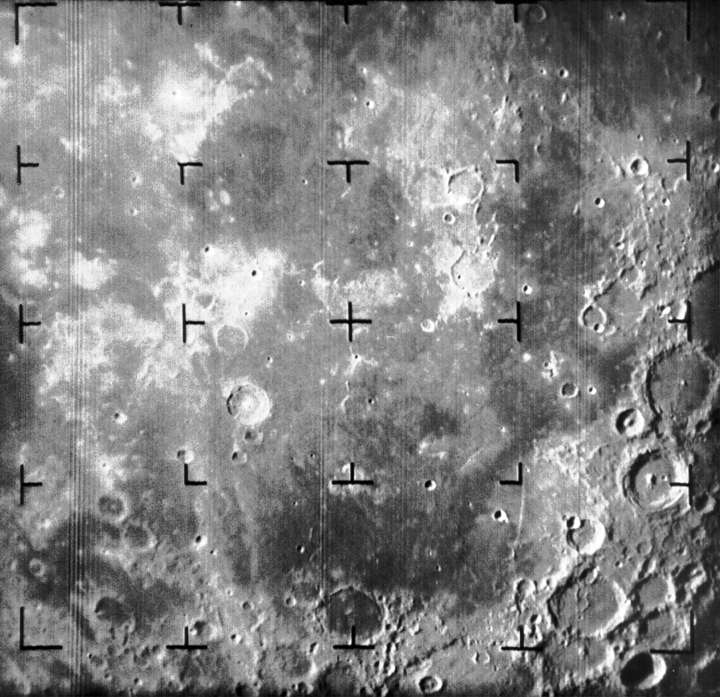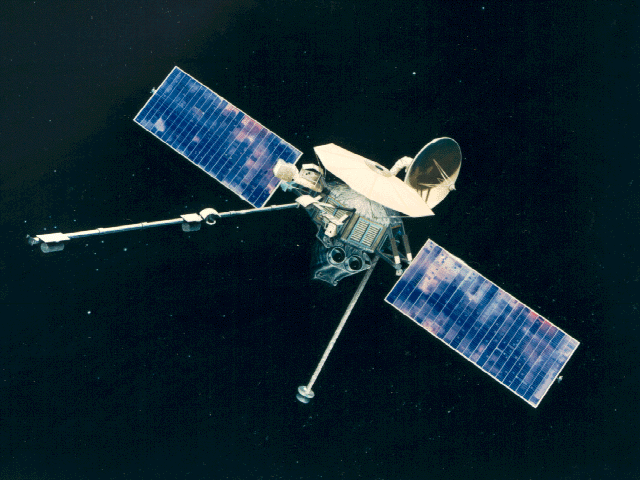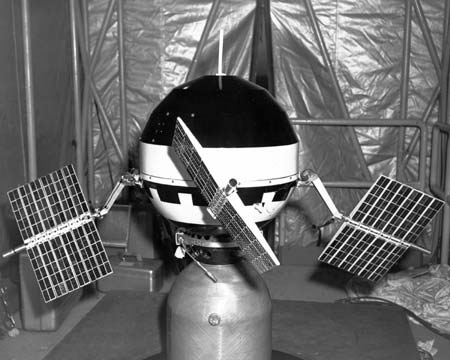Forty-five years ago today — March 23, 1965 — astronauts Virgil I. “Gus” Grissom and John W. Young launched from Cape Canaveral on Gemini Titan 3. It was the first manned Gemini flight and U.S.’s first two-man spaceflight.

(Gemini Titan 3 launch. NASA image.)
Grissom and Young orbited the earth three times, and performed manual maneuvers in orbit for the first time; their flight lasted just under 5 hours. To add to the tally of space “firsts,” Gus Grissom became the first person to eat a corned beef sandwich in space. From this NASA history page,
Grissom constantly complained about the dehydrated delicacies concocted by NASA nutritionists. He was willing to eat the reconstituted food only because there was nothing else available. Or so he thought. Gus had no idea that John Young had more than just souvenirs stowed in his space suit pockets.
“I was concentrating on our spacecraft’s performance, when suddenly John asked me, ‘You care for a corned beef sandwich, skipper?’ If I could have fallen out of my couch, I would have. Sure enough, he was holding an honest-to-john corned beef sandwich.” John had managed to sneak the deli sandwich, which was one of Grissom’s favorites, into his pocket. As Gus sampled the treat, tiny bits of rye bread began floating around the pristine cabin and the crew was just about knocked over by the pungent aroma of corned beef wafting through the small confines of the spacecraft. “After the flight our superiors at NASA let us know in no uncertain terms that non-man-rated corned beef sandwiches were out for future space missions. But John’s deadpan offer of this strictly non-regulation goodie remains one of the highlights of our flight for me.”














